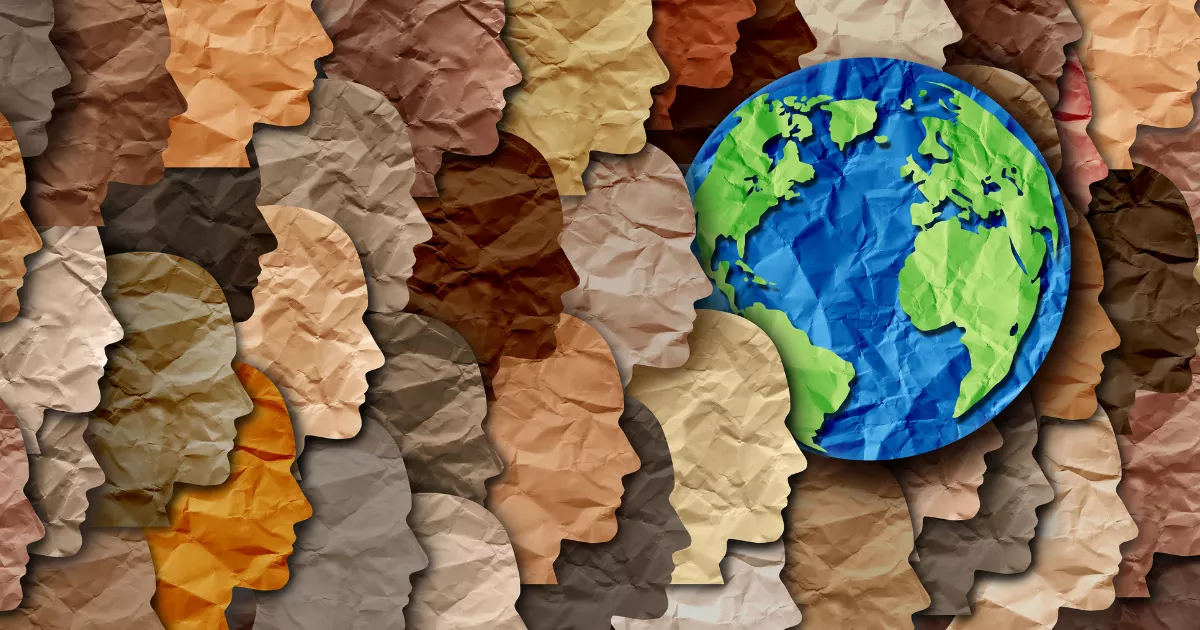
Raise Your Voice: Why Equity in Healthcare Still Can’t Wait
April marks National Minority Health Month in the United States, a time to recognize the persistent health disparities affecting racial and ethnic minority groups—and to push for concrete change. Established by Congress in 2002, and led by the U.S. Department of Health and Human Services (HHS) until 2025, the observance is more than a health awareness campaign. It’s a national call to close the equity gap in healthcare access, treatment, and outcomes.
Why Minority Health Month Matters
Despite decades of progress in medicine, health disparities remain deeply entrenched. Black, Latino, Native American, Asian American, and Pacific Islander communities often face:
- Higher rates of chronic diseases,
- Lower life expectancies, and
- Greater barriers to quality healthcare.
According to reports from the CDC and the Kaiser Family Foundation:
- Non-Hispanic Black adults are 60% more likely than white adults to be diagnosed with diabetes, and nearly three times more likely to be hospitalized for diabetes-related complications.
- Native Americans and Alaska Natives have the highest suicide rates of any racial or ethnic group in the U.S.
- Hispanic populations are disproportionately affected by obesity and related cardiovascular conditions.
These aren’t just statistics. They represent individual people whose lives are impacted by systemic barriers—unequal access to care, income inequality, environmental risks, medical bias, and more. Minority Health Month reminds us that these inequities are not inevitable. They’re the result of policy choices, social structures, and historical neglect.
The Role of Trust in Healthcare
One of the biggest barriers to healthcare access in minority communities is trust—or the lack of it. Historical abuses like the Tuskegee Syphilis Study or the coerced sterilizations of Native American women aren’t distant history. They continue to cast a shadow, making many patients hesitant to engage with medical institutions.
Today, the lack of diversity among healthcare providers and documented instances of bias—like Black patients receiving less pain medication than white patients with the same symptoms—compound the problem. A 2020 study published in PNAS found that Black patients were 40% less likely to receive appropriate pain management than white patients in emergency rooms.
To build trust, healthcare systems need to prioritize cultural competency, improve language access, and hire more providers who reflect the communities they serve. Representation isn’t symbolic—it’s practical. It saves lives.
Structural Racism is a Health Issue
COVID-19 laid bare what many had long known: health outcomes are shaped as much by zip codes as by genes. The pandemic hit minority communities hardest, due to a combination of frontline jobs, housing density, pre-existing conditions, and limited healthcare access.
But even before COVID, structural racism affected nearly every determinant of health:
- Housing. Redlining and gentrification pushed many families into under-resourced neighborhoods with poor air quality and limited healthcare infrastructure.
- Education. Schools in predominantly minority areas often receive less funding, contributing to lower health literacy.
- Employment. Racial discrimination in hiring affects job access and, by extension, health insurance coverage.
- Nutrition. Food deserts—areas without access to fresh, healthy food—are disproportionately located in communities of color.
Addressing minority health means addressing these systems, not just the symptoms.
Solutions That Work
Change isn’t theoretical—though the CMS Office of Minority Health and the HHS Office of Minority Health are slated to be shuttered, the following models have worked, and they could continue to advance equity with either renewed support from government agencies or the support of foundations, grassroots organizations, and private donors:
- Community Health Workers (CHWs). Programs that train and employ CHWs from the communities they serve have shown strong results in improving vaccination rates, chronic disease management, and prenatal care among minority populations.
- Federally Qualified Health Centers (FQHCs). These clinics provide affordable, culturally competent care regardless of ability to pay. Over 65% of FQHC patients are racial or ethnic minorities.
- Mobile Health Units and Telehealth. Mobile clinics and expanded telehealth services reduce logistical barriers and bring care directly to underserved populations, particularly in rural areas.
- Implicit Bias Training. More health systems are implementing mandatory anti-bias and anti-racism training for providers. While imperfect, it’s a start toward dismantling prejudice in diagnosis and treatment.
- Data Transparency. Collecting and publicly reporting race and ethnicity data on health outcomes helps identify gaps and measure the impact of interventions over time.
What You Can Do
Even if you’re not a public health expert, you can take action this Minority Health Month:
- Support local health equity efforts, such as community health fairs or free screenings.
- Advocate for Medicaid expansion, language access services, and anti-racism training in healthcare settings.
- Listen and learn—especially if you’re not directly affected by these disparities. Change starts with awareness.
- Vote with health equity in mind. Policies around housing, education, and policing all affect community health.
- Donate to organizations addressing racial and ethnic health disparities, like the National Medical Association or UnidosUS.
Looking Ahead
We can’t talk about improving health outcomes without talking about who gets left behind and why. National Minority Health Month 2025 is not about a month of hashtags and panels—it’s about building momentum for structural change that lasts all year. Health equity isn’t charity. It’s justice.

